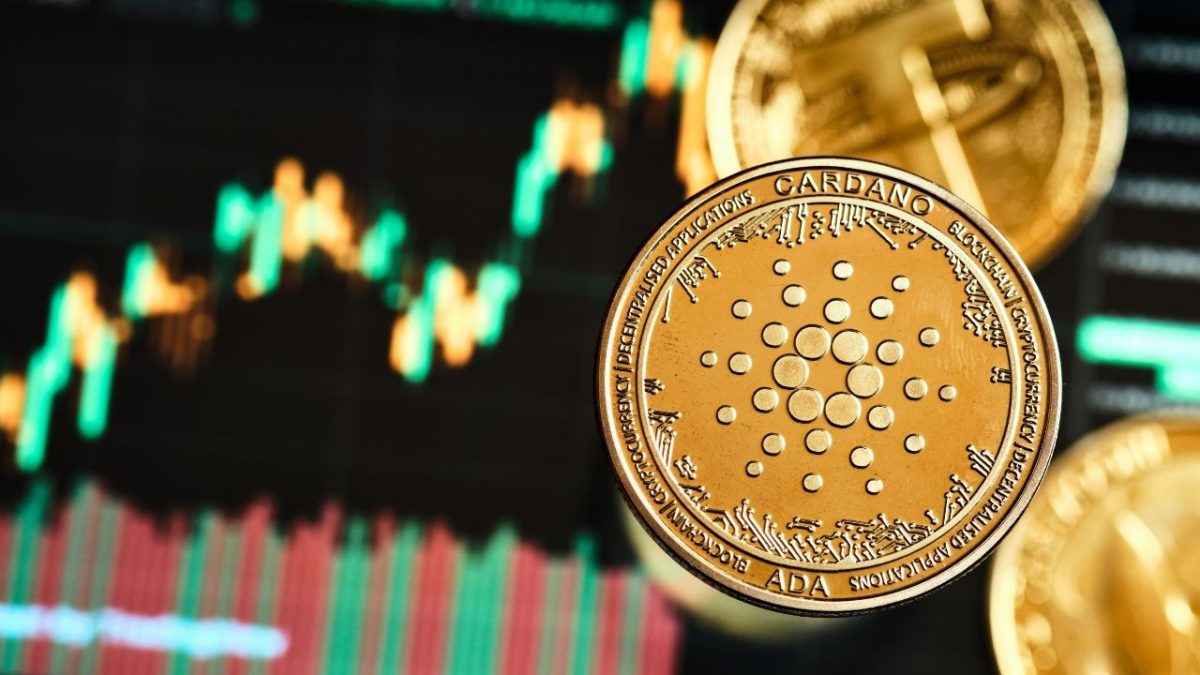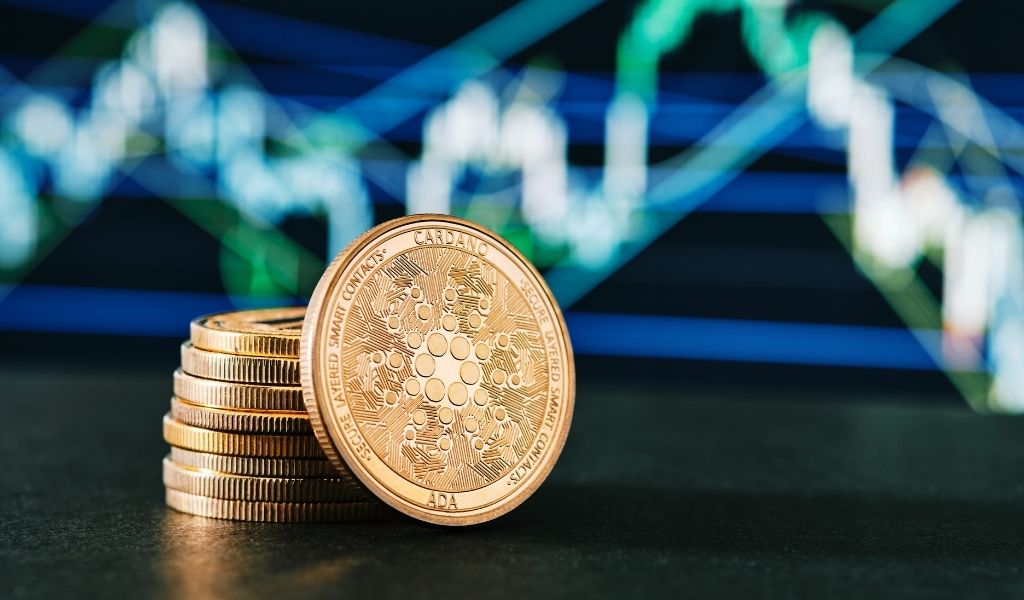Cardano looks on the verge of collapsing to $0.50
Cardano price continues to fall as it looks for a solid support level.
Cardano is now trading at less than 74% of its all-time high of $3.16 set in early September 2021. Even though ADA’s downturn has been severe, on-chain and technical indicators indicate more significant losses ahead.
Cardano appears to have lost a critical support level, leading to a significant correction. Over the previous two weeks, the so-called “Ethereum killer” has lost more than 35% of its market value, retracing from a peak of $1.26 on Feb. 8 to a new yearly low of $0.81. ADA could be on the verge of another downturn, despite the massive losses it has suffered.
Cardano has broken through a critical demand barrier. Over 1.4 billion ADA were previously acquired at an average price of $0.96 by nearly 63,700 addresses. Now that prices have fallen below this support level, market players may be tempted to sell their shares to prevent seeing their investments fall further into the red.
Cardano does not have any substantial support barriers beneath it, according to the IOMAP, so another increase in downward pressure might produce a catastrophic downturn.
Also, read – Everything you need to know about Cardano Cryptocurrency
The opposing argument prevails from a technical standpoint, as the seventh-largest cryptocurrency by market capitalization has lost support from the 100-week moving average. At $0.50, the 200-week moving average is the next level of support. Although the current weekly candlestick has yet to shut below this trend following signal, it already indicates a very pessimistic outlook.
Due to the lack of support, paying close attention to the end of the weekly trading session is critical to see if the 100-week moving average has been crossed. Cardano could perhaps escape plummeting to $0.50 if prices move back above this interest region. Instead, it might find the resilience it needs to rally back to $1.60, its 50-week moving average.
Cardano Analysis For Scaling Challenges
According to Input-Output, Cardano’s block size will be increased from 72 to 80 kilobytes. More transactions may be added to new blocks with larger block sizes, improving scalability.
The team also intends to improve the performance of Plutus, Cardano’s innovative contract execution platform, and raise block size. According to the team, Plutus script memory units will be expanded from 12.5 million to 14 million. If memory limitations are increased, Plutus smart contracts should process more data items.
To launch the update, Input-Output counts on Cardano’s ability to solve its congestion issues. Input-Output made similar changes to the block size and Plutus memory units in November 2021.
Customers reported that significant congestion prevented them from completing token exchanges on SundaeSwap, Cardano’s first decentralized exchange. Despite the Twitter storm announcing the modifications, Input-Output warned that the network could still be under “significant stress” with the planned distribution of additional dApps and NFT mints. Cardano founder Charles Hoskinson has previously stated that the blockchain may serve as a hub for DeFi and NFTs, but the network still has a long way to catch up to its competitors.
As part of the “Basho” scaling phase, Input-Output plans to optimize Cardano through 2022. Cardano will use this to try and take market share from Ethereum and other Layer 1 networks, which dominated the cryptosphere in 2021.
Stay informed with daily updates from Blockchain Magazine on Google News. Click here to follow us and mark as favorite: [Blockchain Magazine on Google News].
Get Blockchain Insights In Inbox
Stay ahead of the curve with expert analysis and market updates.
latest from tech
Disclaimer: Any post shared by a third-party agency are sponsored and Blockchain Magazine has no views on any such posts. The views and opinions expressed in this post are those of the clients and do not necessarily reflect the official policy or position of Blockchain Magazine. The information provided in this post is for informational purposes only and should not be considered as financial, investment, or professional advice. Blockchain Magazine does not endorse or promote any specific products, services, or companies mentioned in this posts. Readers are encouraged to conduct their own research and consult with a qualified professional before making any financial decisions. The featured image used is just a creative depiction of the title and it does not intend to hurt sentiments of any person or institution. If it hurts anyone sentiments, please do not hesitate to reach out to Blockchain Magazine.

 Bitcoin
Bitcoin  Ethereum
Ethereum  XRP
XRP  Tether
Tether  Solana
Solana  USDC
USDC  Dogecoin
Dogecoin  Cardano
Cardano  Lido Staked Ether
Lido Staked Ether  TRON
TRON  Wrapped Bitcoin
Wrapped Bitcoin  Chainlink
Chainlink  Wrapped stETH
Wrapped stETH  Avalanche
Avalanche  Sui
Sui  Stellar
Stellar  Litecoin
Litecoin  Toncoin
Toncoin  Shiba Inu
Shiba Inu  LEO Token
LEO Token  Hedera
Hedera  USDS
USDS  Hyperliquid
Hyperliquid  Polkadot
Polkadot  WETH
WETH  MANTRA
MANTRA  Bitcoin Cash
Bitcoin Cash  Bitget Token
Bitget Token  Ethena USDe
Ethena USDe  Wrapped eETH
Wrapped eETH  Uniswap
Uniswap  Monero
Monero  NEAR Protocol
NEAR Protocol  Pepe
Pepe  WhiteBIT Coin
WhiteBIT Coin  Bittensor
Bittensor  Ondo
Ondo  Aave
Aave  Aptos
Aptos  Dai
Dai  Internet Computer
Internet Computer  Official Trump
Official Trump  Mantle
Mantle  Ethereum Classic
Ethereum Classic  Tokenize Xchange
Tokenize Xchange  OKB
OKB  Gate
Gate  sUSDS
sUSDS  Coinbase Wrapped BTC
Coinbase Wrapped BTC 




